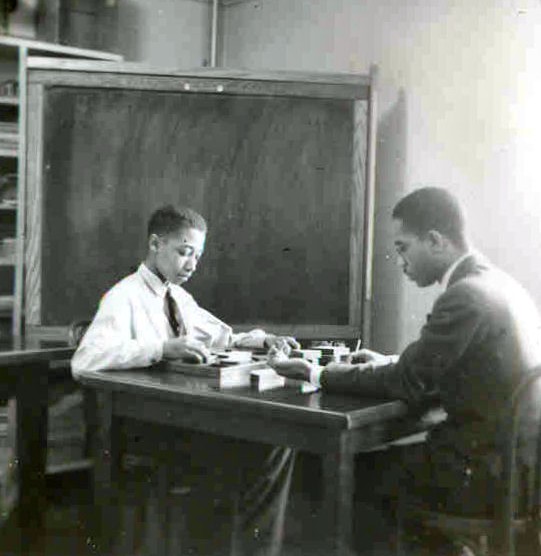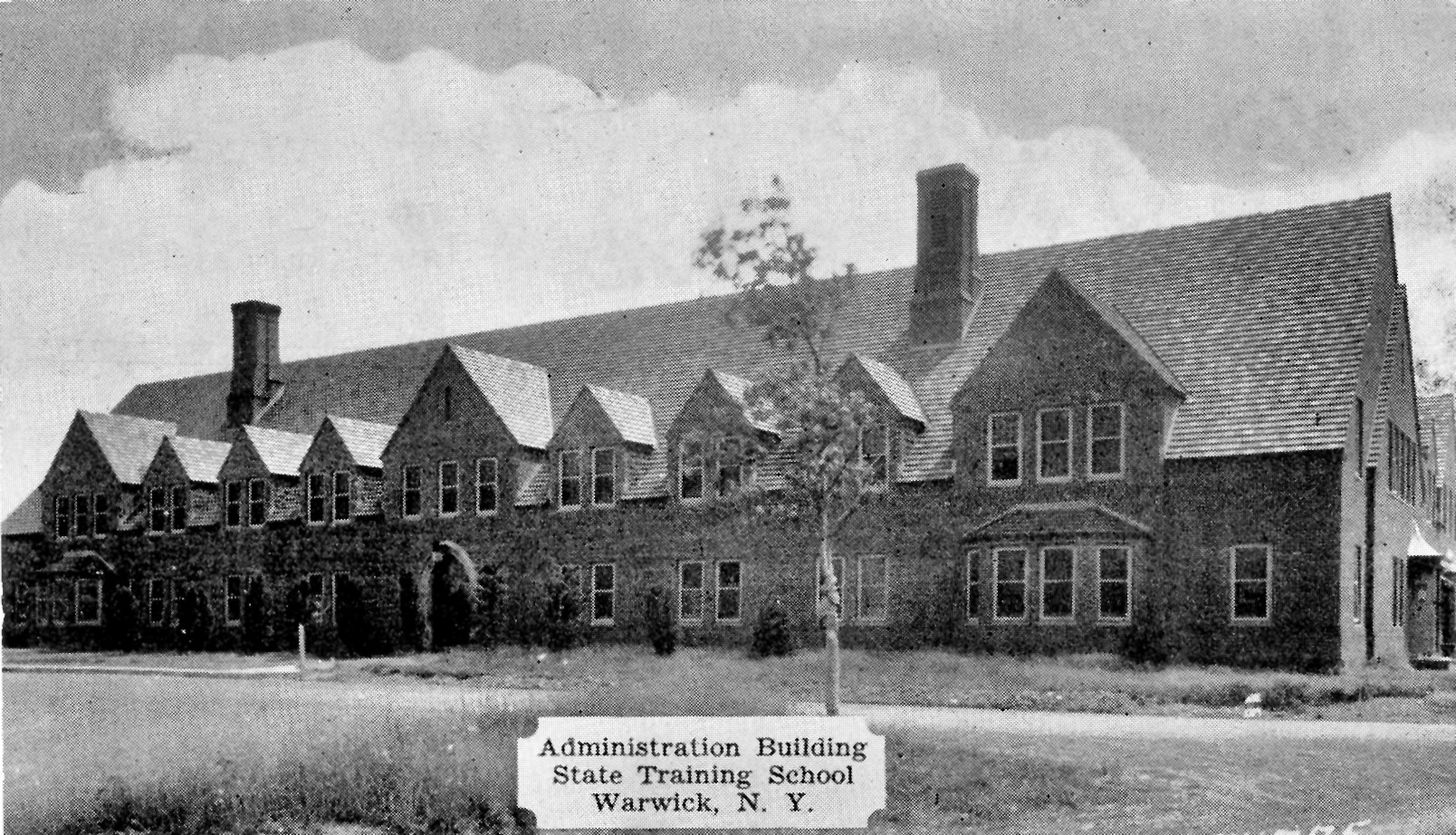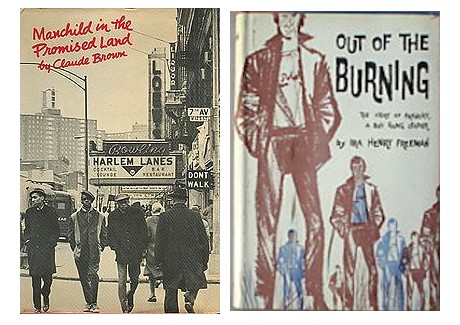
In 1929 in a prophetic move, the State of New York took over the New York City Farm facility and a new experiment in social progress commenced just as the Great Depression was taking hold of the country. The school was formally dedicated on Oct. 15, 1933.
Delinquent boys housed at Randall's Island would be transferred to the facility, with the view that by removing them from an environment of violence, gangs, and poverty they could be rehabilitated.
The New York State Training School for Boys was a high profile program and housed hundreds of boys organized into "cottages." The boys, most of whom were city born and raised, experienced fresh air, sunshine, classes in practical skills such as woodworking, farming, and other educational programs.

History of the Mid-Orange Correctional Facility:
The New York State
Training School for Boys
A brave experiment began in the 1930s to reform boys who had gotten into trouble. It was founded upon the belief that by removing them from their violent and dysfunctional environments and giving them basic skills and education, they could be saved. For some boys, it worked.
Tutor and student at the Training School circa 1940s
Courtesy of the Otness Collection, Warwick Historical Society
The Administration Building which the State erected for the new reform school. Courtesy of the Warwick Historical Society
WARWICK VALLEY HISTORY, NY
Read all about life at the reform school in a supplement from the Daily Record on the 25th anniversary of the school, in 1957. (Used with permission of the Times Herald Record, from a copy in the archive of the Historical Society of the Town of Warwick).


President Franklin D. Roosevelt visited and First Lady Eleanor Roosevelt took a great interest in the school, visiting several times. She devoted four of her "My Day" columns to the school and her observations and concerns. Many of the boys had been exposed to the most horrific traumas during their youth, and she felt deeply that they deserved to experience kindness and lack of physical want.
Many of the boys improved and went on to better lives. Some did not.
Two classics of Black literature detail experiences that had a transformative effect on boys' lives here, Manchild in the Promised Land by Claude Brown, and Out of the Burning by Ira Henry Freeman. "Frenchy", a pseudonym for Conrad E. Mauge, Jr. used by Freeman, described that "he had never been in the country, and recalls that he had never had an intelligent conversation until he talked with the State School librarian one day." That conversation helped Conrad see that a whole world he never knew about before was ready to open before him, and the State School helped many boys like him climb into a better life.
In the 1970s with the advent of the drug wars, the profile of many of the boys sent to the school changed. Repeat offenders and escapes were rampant. The whole idea of reform schools had fallen from favor, and the State closed the school in 1976.
Slideshow of selected images from the Otness Collection
Courtesy of the Warwick Historical Society
Read excerpts on the NYS Training school from a classic of African American literature.
Webpage by S. Gardner 2011 for Albert Wisner Public Library.
Please be polite and request permission for commercial use or before
copying this content to another site or publication.


